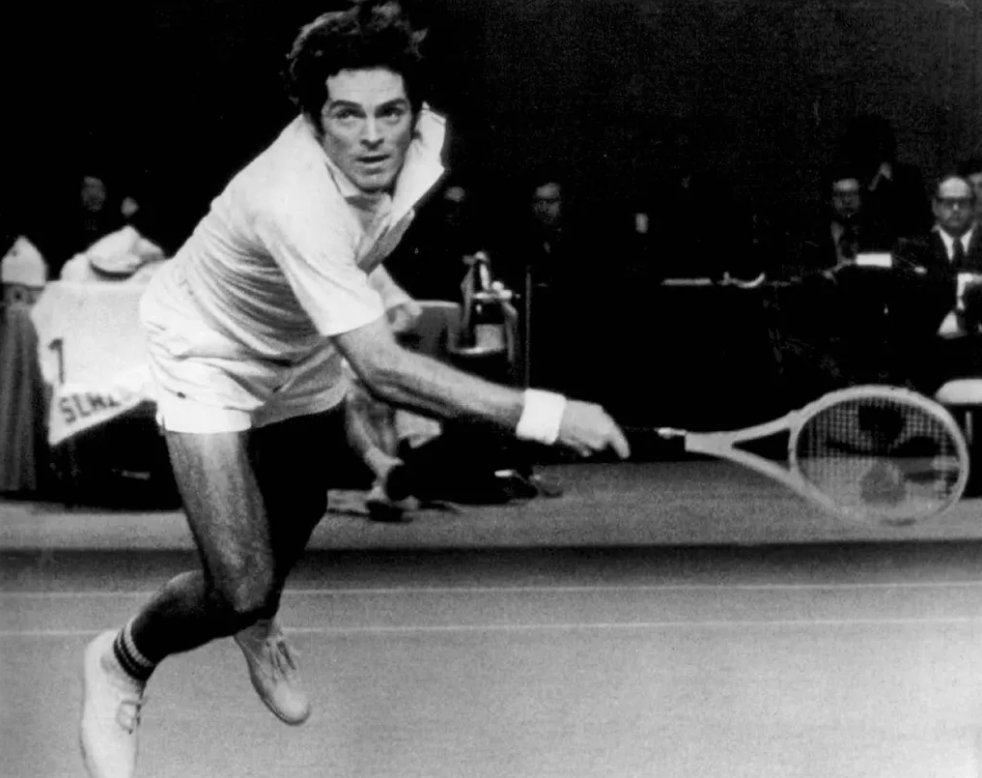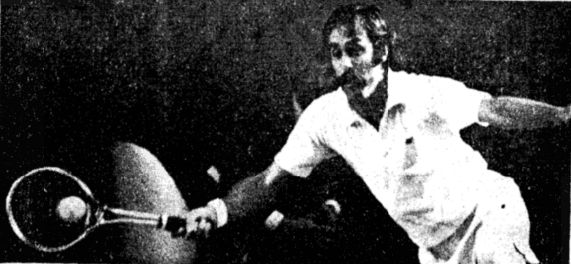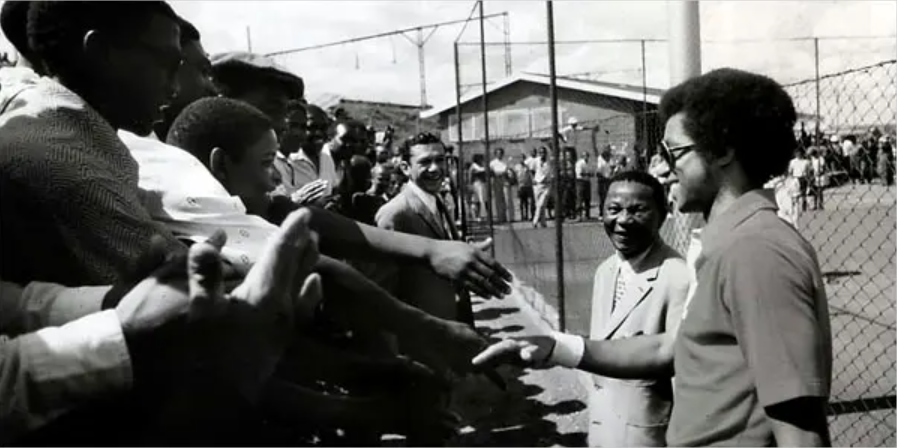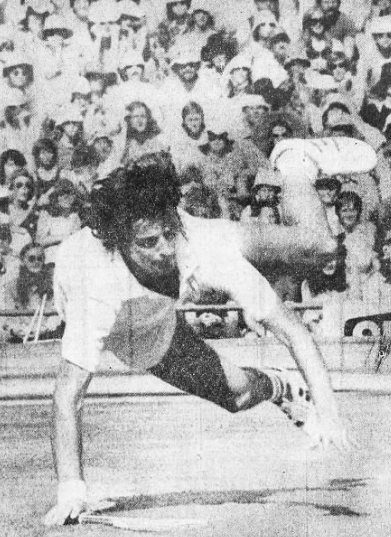Pity poor Tom Gorman. Two days after a five-set loss to Rod Laver in the 1973 Davis Cup finals, the 27-year-old American was blown off the court by John Newcombe in a dead rubber. Two days after that, he opened play at the Grand Prix Masters in Boston, the distant eighth seed in an eight-man field.
Gorman had barely made the cut, securing his place in the draw with a title run in Stockholm a month earlier. As if to underscore his long-shot status, his first assignment in Boston was a round-robin match against Grand Prix leader and defending champion Ilie Năstase, who had beaten him in 16 of 17 previous meetings. In their latest encounter, when Gorman unexpectedly reached the semi-finals of the French Open, Năstase allowed him just eight games in three sets.
One could forgive the Seattle native for admitting that he had “no interest in this even at all.”
Yet on the morning of December 4th, Gorman woke up eager, realizing he had nothing to lose. Pity poor Năstase. Or don’t: It was a typical “mercurial” performance from the Romanian, who unexpectedly found himself battling an opponent in peak form, then came up with an excuse for his lack of a response.
Gorman saved break point for 3-all in the first set, when Năstase claimed that someone in the crowd called him a “bum.” The American didn’t hear anything, but he took advantage of his distracted foe, reeling off ten straight points and grabbing the first set. Năstase, who hurled far worse slurs at officials on a regular basis, later claimed that he “couldn’t play” after being mildly heckled. However flimsy the explanation, it holds up: His serve fell apart in the second set and he stumbled to a 6-4, 6-1 loss.
That, for the American, was the good news. The bad news was that his next assignment was a second match in four days against Newcombe. Newk had arrived in Boston as engaged as Gorman had been detached. While Năstase fumbled, the mustachioed Australian dominated Jan Kodeš, winning 11 of the last 13 games for his own 6-4, 6-1 victory. Newcombe at his best was perhaps the most fearsome force in tennis. Gorman’s path to an unlikely triumph in Boston wasn’t about to get any easier.
* * *
This post is part of my series about the 1973 season, Battles, Boycotts, and Breakouts. Keep up with the project by checking the TennisAbstract.com front page, which shows an up-to-date Table of Contents after I post each installment.
You can also subscribe to the blog to receive each new post by email:





